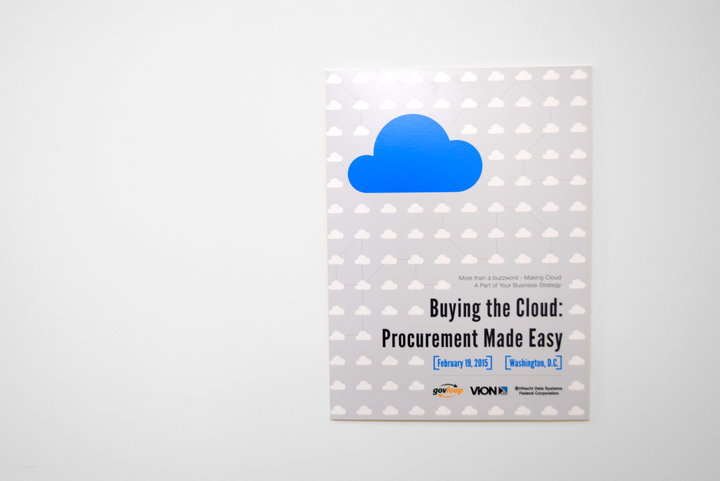The roof, the roof, the roof is on fire! Ok, not the roof, but during GovLoop, Vion and Hitachi Data Systems’ federal cloud procurement event, the basement was literally on fire.
And while the jokes were obvious – a topic so hot it burst into flames – the fiery atmosphere did cut the wonderful event short, depriving the audience of the closing keynote Jeremy Hiers.
We didn’t want anyone to lose out on the great content, so we sent event moderator Chris Dorobek, armed with a recorder, into a non-smoke filled room to get the presentation highlights.
Hiers, Project Director of Enterprise Services for the Army’s Program Executive Office for Enterprise Information Services, told Dorobek that the Army sees some real and significant advantages in the cloud.
Traditionally, the biggest driver of new technologies like cloud is saving money. But Hiers noted cost wasn’t the only factor. “There are also operational benefits to moving to the cloud. The Army is one of the world’s biggest networks. We need to keep information consistent across that network. That has always been a challenge. Cloud technology can help with that by extending services down to what we call the ‘last tactical mile’ where we have to operate in some disconnected environments.”
The cloud could also help the DOD ensure security more uniformly. “From a security perspective, the cloud can help us secure information, bring it together and put it behind a more secure perimeter. That’s a huge advantage,” said Hiers.
However, despite all the reasons to move to the cloud, actually procuring the services is often a vexing challenge. And the reason for the challenge isn’t necessarily the cloud itself. “The technology piece is the easy piece. You need to get people to understand what the cloud really is,” said Hiers.
There is still some confusion about how the cloud actually works. Take Gmail for example. Most people understand that their Gmail account is operated in the cloud, but many organizations struggle with having an enterprise-wide perspective or policy. Hiers explained, “It’s one thing to have a personal Gmail account. It’s another thing to try to get an organization to adopt it and mold itself to help that technology. You’ve got the traditional people, process, technology problem. Anytime you insert in a disruptive technology, we have to look at the organizational model and the financial model for how the cloud works. So the technology is the easy piece. What is the real sticking point is getting all the pieces to work in sync.”
One of the ways to help create that synchronicity is to learn from others. “One of the best things to do is just engage industry. At the end of the day, industry is going to come forward with the solution. We have to be ready and able to tell them our government specific requirements,” said Hiers. “The Department of Defense recently issued new policy guidance that gives industry a target that will help accelerate some of those discussions.”
If you want to learn more about this red hot topic – check out all the blog recaps from today’s event.
